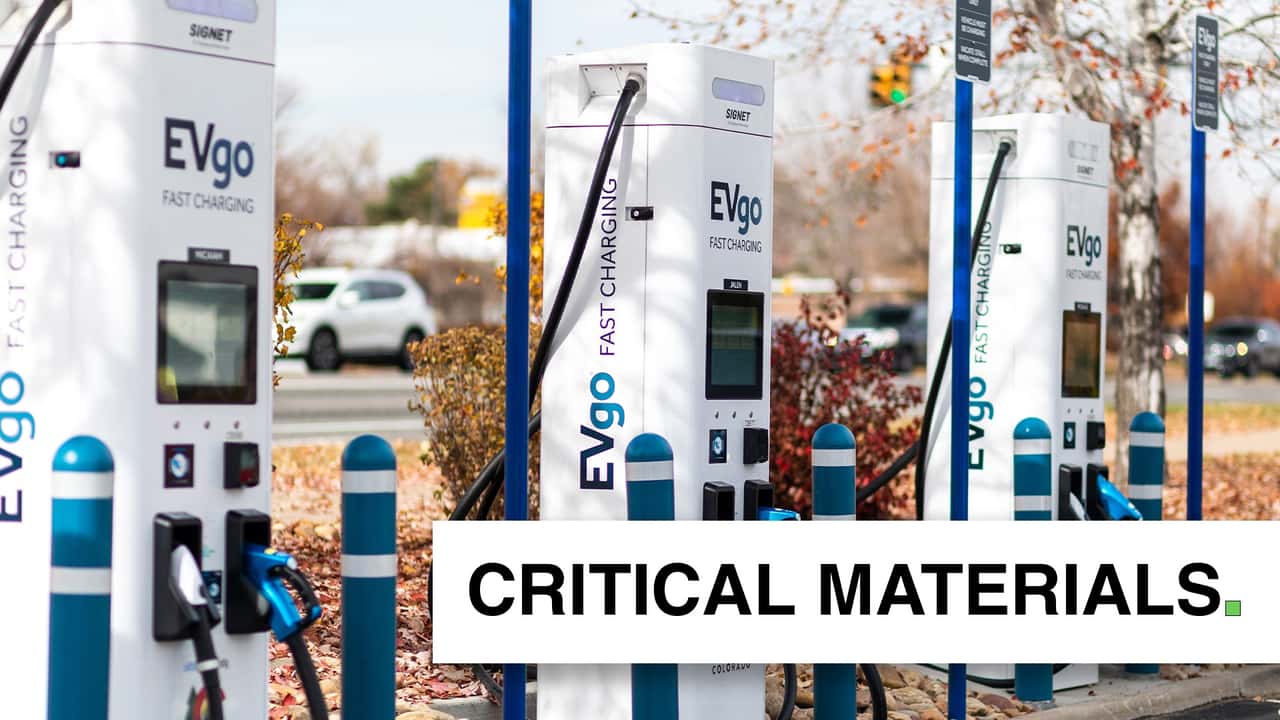The U.S. government has pledged $150 million to fix broken EV chargers in an effort to support EV adoption. The funding, part of the National Electric Vehicle Infrastructure program, will be used to revitalize existing chargers in 20 states. Despite efforts to install new chargers, it is crucial that existing ones are maintained and reliable. The government believes that charger reliability will improve in the future. Additionally, automakers are pushing lawmakers to revise the tax law to incentivize EV development. The current tax law requires the amortization of R&D expenses over five years, which has resulted in less financial incentive for innovation. Automakers are urging for a restoration of first-year deductibility of R&D expenses. Finally, the European Union plans to require “battery passports” for EVs starting in 2027. These digital documents will provide sourcing-related details about the battery, including assembly location and raw material sources. The goal is to enhance transparency and promote the use of recycled materials in EV batteries. While this requirement is specific to the EU, the U.S. requires automakers to disclose similar information for the Clean Vehicle Tax Credit. The goal is to provide consumers with greater transparency and informed decision-making.
U.S. Commits an Additional $150 Million Towards Repairing Faulty EV Chargers
In a major stride towards combating climate change and promoting the use of electric vehicles (EVs), the United States government has recently allocated an additional $150 million in funding to repair faulty EV chargers across the country. This move demonstrates the commitment of the U.S. to address the existing infrastructure challenges and pave the way for widespread adoption of electric transportation.
The growing popularity of EVs has led to an increasing need for reliable and well-maintained charging stations. However, since the infrastructure is relatively new and rapidly expanding, there have been reports of faulty chargers causing inconveniences for EV owners. To address this issue and ensure the smooth functioning of the charging network, the U.S. government has taken definitive action.
The $150 million commitment is part of a larger initiative to strengthen the nation’s infrastructure and support the transition to a greener and more sustainable future. It aims to rectify the existing faults in EV chargers that have hindered the growth of electric transportation. The funding will enable the repair and maintenance of thousands of chargers nationwide, bolstering the reliability and accessibility of charging infrastructure.
This investment will not only benefit current EV users but also encourage potential buyers to invest in electric vehicles, knowing that the charging network will be consistently maintained and improved. By expanding and upgrading the charging infrastructure, the U.S. government aims to eliminate range anxiety for EV owners and promote the seamless integration of electric transportation into people’s daily lives.
Furthermore, this financial commitment highlights the government’s recognition of the economic potential that EVs present. As the demand for electric vehicles continues to rise, the development of an efficient and robust charging network will spur job creation in the clean energy sector. Moreover, outdated chargers will be upgraded to support higher charging speeds, promoting technological innovation and driving the growth of associated industries.
The emphasis on repairing faulty chargers also underscores the government’s dedication to equity and inclusivity in the transition to electric transportation. It ensures that underserved communities, often left out of the clean energy revolution, have access to reliable charging infrastructure. This commitment not only tackles environmental challenges but also aims to bridge societal gaps and create a more equitable society.
To effectively utilize the allocated funding, the U.S. government is collaborating with stakeholders, including state and local governments, utility companies, and private sector entities. This multi-faceted approach will ensure that the repair and maintenance efforts are coordinated, efficient, and aligned with local needs. It also encourages public-private partnerships, fostering innovation and knowledge sharing within the clean energy sector.
As the world grapples with climate change and its undeniable impacts, investing in repairing faulty EV chargers is a step towards a future powered by sustainable energy sources. The $150 million commitment made by the United States government serves as a prime example of proactive action to address infrastructure challenges hindering the growth of electric transportation. By enhancing the charging network, the country is establishing a solid foundation for the widespread adoption of electric vehicles and propelling the transition to a cleaner and greener future.

